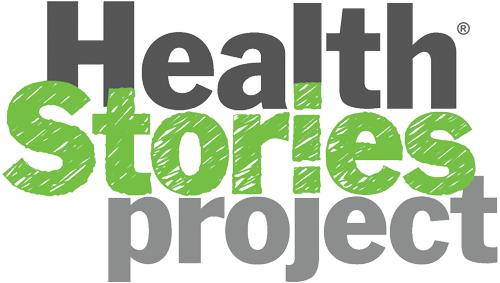Opening up about your experience living with a health condition can be both therapeutic and a little scary. Whether you rarely talk about your health experiences, or write openly about them on a blog, sharing your health story has a range of benefits. Some are personal: self-expression, stress reduction and individual growth. Other benefits are altruistic: raising awareness, educating others and providing helpful insights to others living with your condition.


According to a New York Times article by Dr. Pauline Chen, “Patients and doctors have long understood the power of telling and listening to personal narratives.” Her article highlights research that found patients actually gained health benefits from listening to other peoples’ experiences.
If you’re living with a health condition, you may be compelled to share your experience with others. Whether you are sharing your health story with a friend, family member, advocacy organization, or on personal blog, here are some key tips to remember:
Know your audience
Customize your story based on the audience. Friends or family members may need disease education and insights on how to be supportive. Advocacy organization members or health care providers likely care about the day-to-day impact of living with the condition and what needs exist for the patient population.
Share chronologically
Jumping around to different points in your health journey can confuse listeners or readers. Follow a simple timeline: symptoms, diagnosis, impact on your life, treatments you’ve tried and where you are now.
Educate
Include key facts about the condition and how they relate to your experience such as common symptoms, how long it typically takes to get diagnosed, and what types of treatments are available.
Use illustrative examples
Vivid anecdotes bring your story to life for your audience. For example, instead of saying, “I experienced swelling in my joints,” be descriptive about how your day-to-day life changed. “My fingers swelled up like sausages and I could no longer grip the steering wheel to drive my car,” communicates the actual impact of the symptoms much more effectively.
Share both the emotional and physical impacts
Many conditions with predominantly physical symptoms also have emotional symptoms, and vice versa. If you’re comfortable with it, enlighten the audience on how the disease affects you both mentally and physically, and what provides relief. For a good example of this, take a look at the PKD Connection blog post, “Emotional Balance,” which focuses on how a Polycystic Kidney Disease patient lifts her spirits during periods of emotional strain.
Consider and respect your own boundaries
Know that you don’t have to respond to questions that make you uncomfortable. Your health story is personal so it’s up to you to decide which details you want to share and which ones you want to keep private.
Include a call to action
Why are you passionate about sharing your health story? Whether your goal is to inspire others, advocate for better treatments, or educate loved ones on how to be supportive, make your goals known to your audience and let them know how they can help.
Health is a deeply personal subject and opening up about struggles can make you feel vulnerable. However, there is a lot to gain from sharing. You can educate others to be more understanding towards people living with your condition. You can help another person affected by the condition understand that they’re not alone. You can inspire others to fight for better patient care and treatments.


I would be interested in sharing my story.I have SLE Lupus, RA, type 11 diabetes and PTSD.
Please consider joining Health Stories Project, Slyvia. That’s the easiest way to get started sharing your story. 🙂